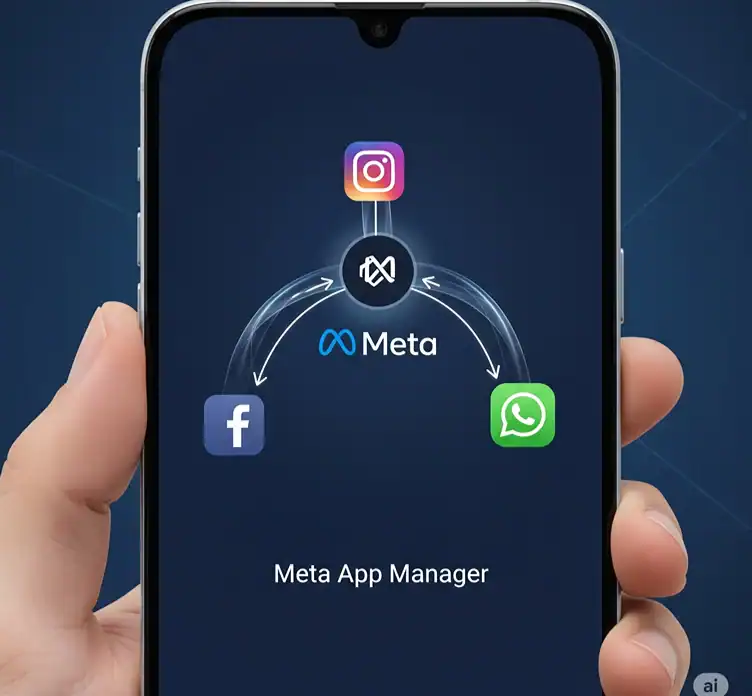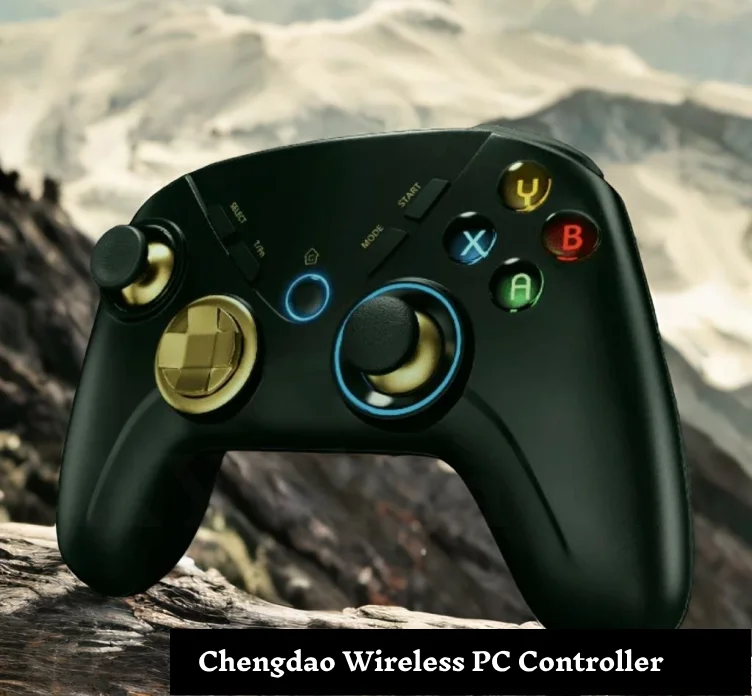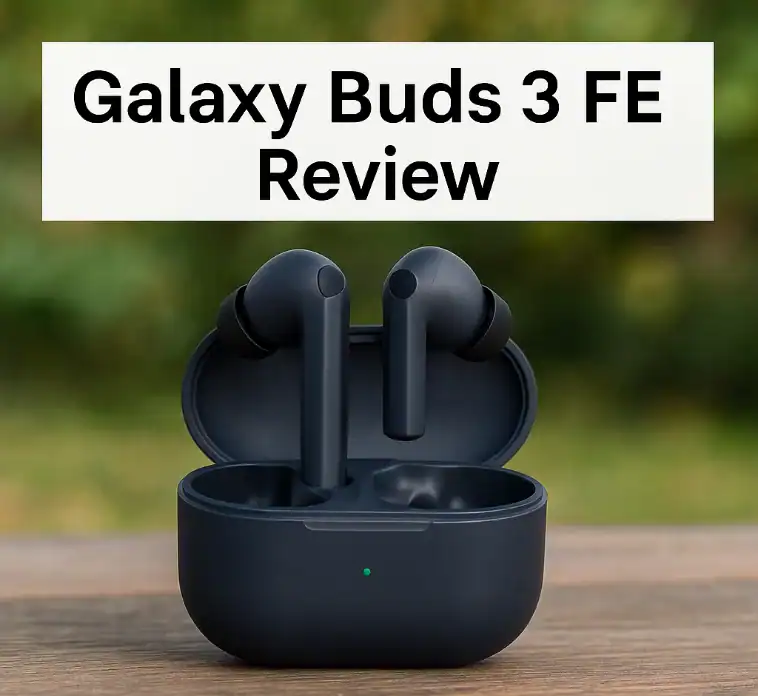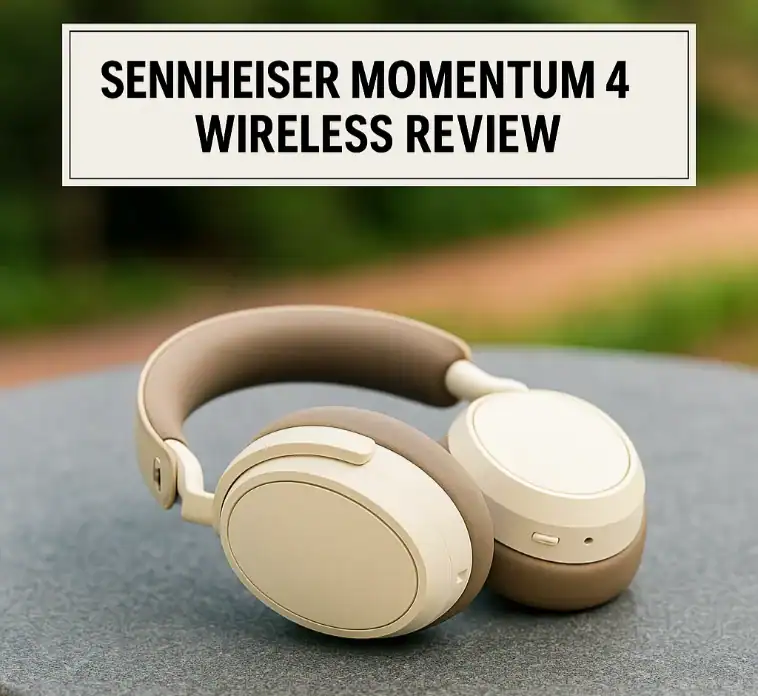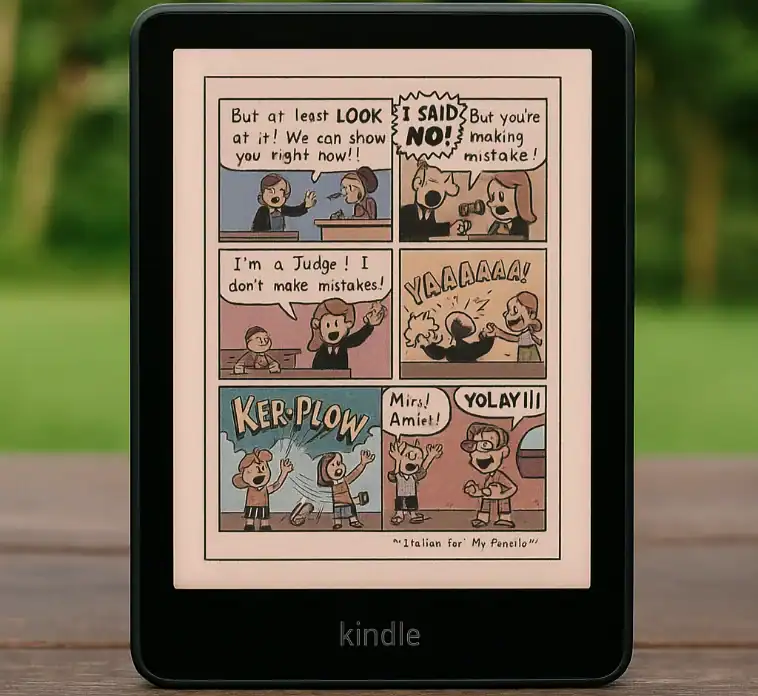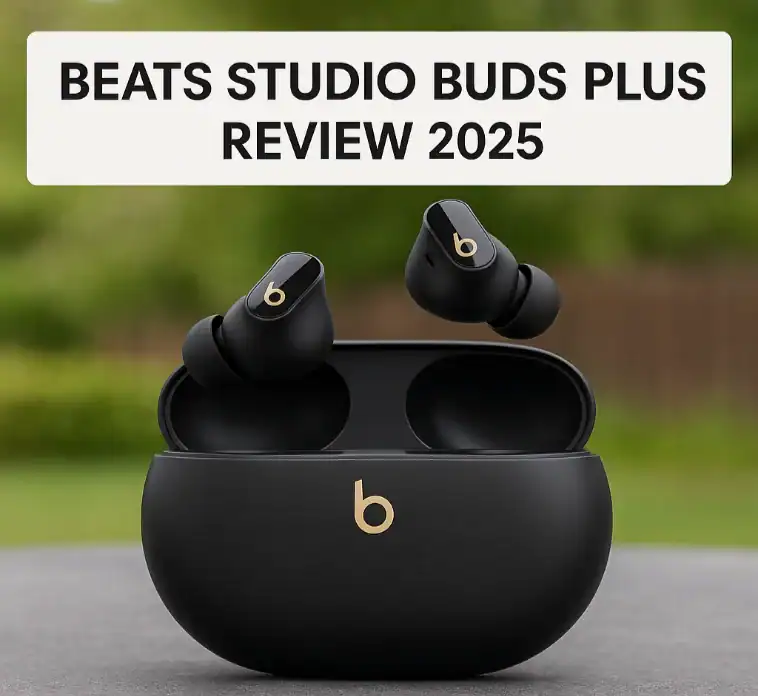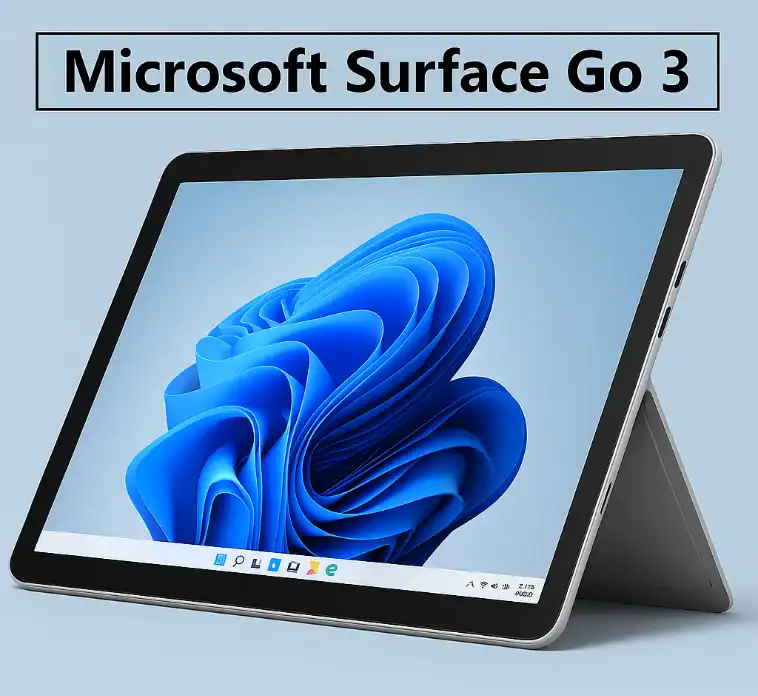Anyone should know better about the types of USB connectors in this digital-centric era. Whether you are searching for B to C adaptors or want to learn which one between the USB ports is the fastest, everything you need to know about USB types and their applications is here.
The Absolute Basics: Types of USB Connectors
The USB connector has come a long way from when it debuted in the mid-1990s. Every USB type has different uses and features. The key categories are USB-A, USB-B, USB-C, and many others, like micro USB and USB Mini A.
USB: Universal Serial Bus. It was developed to make device setups quick as well as basic accessibility of data to and from devices. In this day and age, we come face to face with different USB types every single day — from simply charging our mobile phones through those tiny Micro-USB cables to transferring those massive files using fancy USB-A to USB-C adapters.
The physical form-factor of any USB connector is specified by the USB standard, and also comprises the underlying transfer protocols. This, in turn, leads to generally high correlation between connectors and speed capabilities, but not one-to-one direct mappings.
Difference Between USB-A and USB-B: The Main Points
Physical Design and Shape
The USB-A connectors are flat, rectangular. These USB connectors are the most widely used kind. Most computers, laptops, and charging devices have integrated USB-A ports. The connector is 12mm wide, 4.5mm tall.
The USB-B connector is square or trapezoidal. USB-B connectors are larger than USB-A. Printers, external hard drives, and other peripheral devices mostly use USB-B ports. A typical USB-B connector is 12mm square.
Intended Use and Applications
USB-A is used as the host connector. In other words, USB-A nearly always connects to the power source that the device uses or desires to manage. Output devices such as computers, laptops, or charging adapters use USB-A ports.
USB-B connects the device end. USB-B is for peripheral devices to receive data and power. In addition to displays, clients often need mice and keyboards. USB-B connectors are used by printers, scanners, or external storage devices to receive and transmit data.
Compatibility and Cable Requirements
USB-A to USB-B cables are the standard that computers use to connect peripherals. These are simple, USB-A to USB-B cables. This arrangement stops users from accidentally making a loop or connecting two host devices.
This is the common host-to-device pattern of a USB cable. As expected, USB-A to USB-C cables work in much the same way, bridging older computers’ connections to newer devices. This asymmetrical model ensures proper plug orientation and safeguards against incorrect connections.
Which Port Is Faster: USB Speed Comparison in Laptops
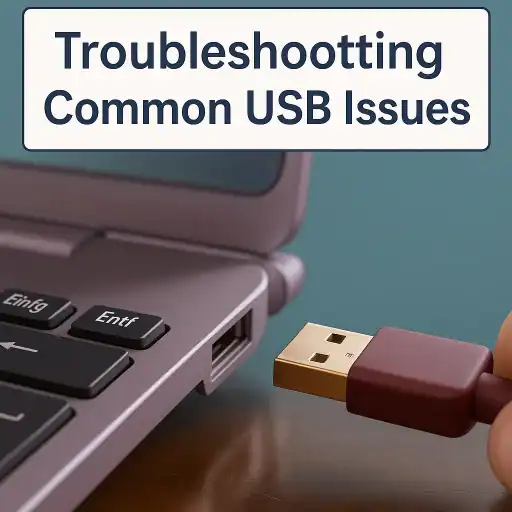
USB Port Speeds by Generation
The speed of USB differs more based on the generation than the type of connector. Some connectors, however, have capabilities built into them to support much higher speeds.
USB 2.0 offers speeds up to 480 Mbps. This speed is supported on a large range of USB-A and USB-B connectors. Many older and low-end devices still use USB 2.0.
USB 3.0 and 3.1 ports deliver speeds up to an order of magnitude faster. USB 3.1 Gen 2 can reach 10 Gbps at full duplex speeds, which is twice as fast as USB 3.0, which can reach 5 Gbps. These speeds require a compatible cable and device at both ends.
USB 3.2 and USB4 offer blistering fast speeds. USB 3.2 can reach up to 20 Gbps, but USB4 achieves at least double that, supporting up to a whopping 40 Gbps. Most of these latest standards have already adopted USB-C requirements.
Laptop USB Port Performance
Most modern laptops include an array of USB port types. USB-A ports on laptops typically offer 3.0 or 3.1 speeds. This gives great performance with most peripherals and storage devices.
Many laptops also offer the fastest speeds possible over USB-C ports. Several laptops have USB-C ports that are USB 3.1 Gen 2 or even faster, including some with USB4 support. They have the highest data transfer rate of all varieties of ports.
The specific year and model of your laptop determine which USB port offers the fastest speed. Any laptop’s maximum speed will depend on the actual hardware inside and what maximum speeds it can handle. These days, you’re most likely to get the best performance speed out of a USB-C port on your laptop.
Factors Affecting USB Speed
USB performance is greatly affected by cable quality. A good quality USB-A to USB-C cable has better signal integrity. Poor-quality cables often create bottlenecks in both speed and connectivity.
Device compatibility also affects speed. For the best results, both devices must be compliant with the same USB standard. If a device only supports USB 2.0, it will be limited to those speeds due to the limits of the USB 2.0 standard.
Cable length also affects speed. Signal degradation increases with cable length. Use shorter cables for optimal performance and to achieve the best results.
Comparison of USB-B and USB Mini: Size and Function
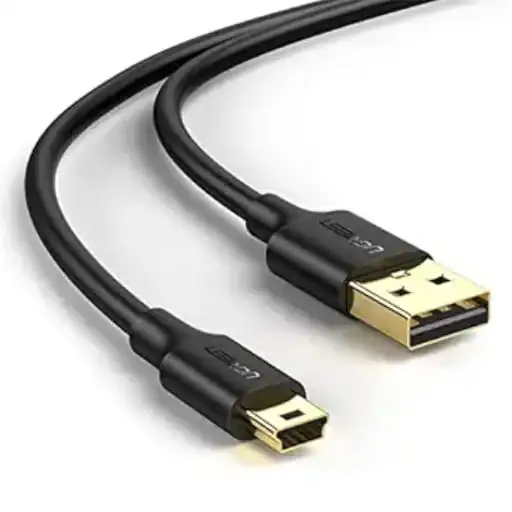
Physical Size Comparison
USB Mini B connectors are much smaller in size compared to USB-B. USB Mini B measures roughly 7mm wide and 3mm high. This small footprint suits mobile devices.
USB-B connectors are large and cumbersome. Due to this size difference, USB Mini B is most commonly found on devices where space is at a premium. USB Mini B is commonly used in cameras, MP3 players, and similar small electronics.
Device Applications
USB Mini became widely used in portable electronics during the 2000s. It was employed on digital cameras, handheld GPS devices, and early smartphones. The small size enabled manufacturers to maintain slim device profiles.
USB-B is still common on larger peripherals. Printers, external hard drives, and audio interfaces use USB-B connectors. Stationary devices can accommodate larger connectors due to their size.
Cable and Adapter Options
There are hundreds of USB-B cables available for standard connectors. You’ll usually find USB-A to USB-B cables at computer stores in different lengths. These cables are used for printers, scanners, and similar devices.
USB Mini B cables are less common today. New portable devices use Micro USB or, most of the time, charge via USB-C, and many manufacturers have adopted this approach. However, USB Mini B cables are still available for older equipment.
There are also adapters made specifically to convert between different types of USB. USB to USB-C adapters are necessary for connecting older USB-B devices to new computers. This contributes to flexibility and backwards compatibility with previous generations of equipment.
USB-A vs USB-C: From Old to New
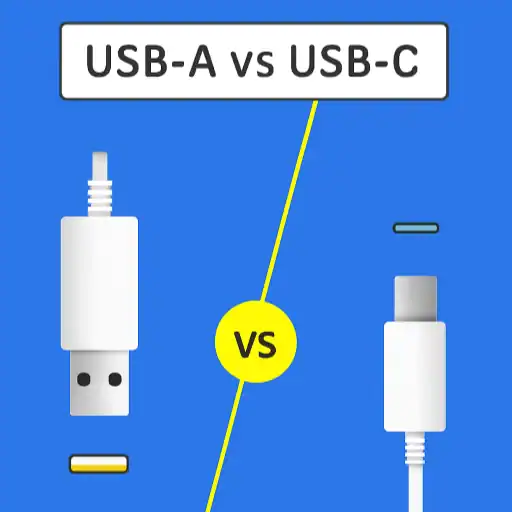
Design Revolution
The form factor for USB-C is very different from that of USB-A. USB-C is also reversible, so you no longer have to worry about getting it the right way up. The oval shape provides a more modern appearance.
USB-A connectors are keyed to ensure they can only be inserted one way. Users have been complaining about this limitation for decades. USB-C’s symmetrical design eliminates this problem.
Size differences are also notable. USB-C connectors are bigger than Micro USB and smaller than USB-A. This provides the perfect balance between functionality and portability.
Performance Capabilities
USB-C supports much higher data transfer speeds compared to USB-A. While USB-A usually tops out at USB 3.1 speeds, USB-C supports the latest and fastest standards, including USB4 and Thunderbolt protocols. This makes USB-C much faster in terms of data transfer.
Power delivery capabilities differ dramatically. USB-C can deliver up to 100 watts of power. For reference, USB-A generally only provides 2.5 to 4.5 watts. This allows USB-C to power laptops and other high-power devices.
USB-C can also handle external video output. Most USB-C ports provide DisplayPort or HDMI video output. USB-A ports cannot transmit video signals without special support.
Adoption and Future Trends
2019 saw even faster adoption of USB-C across all form factors. USB-C has become more common with smartphones, laptops, tablets, and peripherals. This trend is accelerating as device manufacturers adopt the new standard.
USB-A’s biggest advantage is legacy device support. Many peripherals and accessories still use USB-A, so compatibility remains important. Adapters and cables help bridge the gap during this transition period.
The European Union will make USB-C mandatory for all mobile devices by 2024. This rule will speed up the adoption of USB-C worldwide. Similar rules could be implemented in other regions.
USB Types and Variants: Ultimate Guide
Micro USB Technology
In the late 2000s and 2010s, mobile devices standardized on Micro USB. There are both Micro USB-A and Micro USB-B variants. Micro USB-B is generally used for consumer devices.
This cable is still largely in use today and is easily available everywhere. Many Android phones, Bluetooth speakers, and several accessories use Micro USB for charging and data transfer. It is smaller than a Mini USB but larger than a USB-C.
Micro USB-B is the trapezoidal-shaped connection that many of us use in smartphones and some cameras. This connector is compatible with USB 2.0 and provides basic power delivery. While other options have emerged, many devices still use Micro USB.
There is a huge range of devices that use Micro USB cables. Micro USB ports are common on power banks, wireless headphones, gaming controllers, and more. This broad usage means that cables and accessories remain readily available.
USB Type Classifications
USB Type A connectors are the most common host connectors. You see this flat, rectangular connector on computers, chargers, and hubs. The USB Type A connector hasn’t changed much since the original USB specification.
USB Type B includes standard, Mini, and Micro variants. They serve more specialized purposes and fit various device requirements and sizes. The Type B family handles device-side connections.
USB Type-C is the most recent standard. This connector supports the newest USB protocol and the fastest speeds. USB Type-C also offers greater power delivery and video output functions.
Understanding these types helps you choose the right cables or adapters. You’ll need specific cables to connect older computers to devices with different connectors. This combination remains typical for many peripherals.
Connector Compatibility Matrix
USB port compatibility depends on both physical connectors and protocol support. A device supporting only USB 2.0 protocols will be limited to those speeds even with a USB-C connector.
Physical adapters bridge between different types of connectors. USB-A to USB-C adapters link old devices with new ones. The limitation is that speed and power capabilities are restricted to the lowest common denominator.
For optimal performance, both devices must support the same standards. USB 3.2 devices achieve the fastest speeds only when both host and peripheral support USB 3.2. Older connections limit performance to their maximum capabilities.
Selecting the Right USB Cable and Adapter
Cable Selection Criteria
Cable length affects performance significantly. Shorter cables generally deliver better signal integrity and maintain high speeds. For applications with significant data requirements, choose the shortest cable that works for your configuration.
Required speed determines the necessary cable specifications. USB 3.0 cables cost more than USB 2.0 versions but offer much improved throughput. Specify your speed requirements based on your intended use.
Power requirements affect cable selection for charging applications. USB-C cables with power delivery support can handle high wattages safely. Not all USB cables can accommodate fast charging protocols.
Adapter Considerations
USB-C to USB adapters work when the connector types don’t match. These adapters are essential for connecting older equipment with newer devices. Select adapters that provide the speeds and power levels you need.
USB-C to USB adapters work in reverse, allowing connections of USB-C devices with older ports. This is useful for connecting new hardware with older computers or docking stations.
Quality matters significantly in adapters. Cheaper adapters often result in connection issues, speed limitations, or device damage. The most important step is buying from reputable manufacturers to avoid problems.
Professional Installation Tips
Cable management is crucial for keeping cables safe and performing properly. Avoid sharp bends, excessive pulling, or exposure to extreme temperatures. These factors may damage cables and affect reliability.
Clean connections regularly to remove corrosion and maintain good contact. Remove dust and debris from connectors using appropriate cleaning materials. This maintenance improves connection reliability.
Test cables and adapters with your specific setup to avoid problems later. Verify that speed and power delivery specifications are met. This ensures compatibility with your exact devices and needs.
Future of USB Technology
Emerging Standards
USB4 Version 2.0 will raise speeds to as fast as 80 Gbps, according to the USB Implementers Forum. This standard will use USB-C connectors exclusively. The faster connection provides more bandwidth for multiple high-resolution displays and faster storage devices.
Wireless USB technologies are being developed alongside wired connections. Wi-Fi, USB, and other wireless protocols could reduce the need for cables further. However, wired connections will likely remain relevant for high-speed and charging scenarios.
Power delivery standards continue evolving. Future USB-C implementations will deliver even more power. This development could enable charging of larger devices, such as monitors and small appliances.
Industry Trends
USB development is driving simplification toward a single connector type. USB-C is becoming the standard for virtually all connector types in the future. This will help with cable management and reduce electronic waste.
Backward compatibility with older USB versions remains important. New USB versions often work with appropriate cables or adapters. This strategy protects existing investments in devices.
Environmental considerations influence USB development. Durable connectors and universal charging combat e-waste. This aligns with global sustainability goals.
Practical Applications and Use Cases
Home and Office Setup
Desktops usually come with many USB-A and some USB-C ports. This combination offers compatibility with all sorts of peripherals like printers, external storage, and input devices. Match port types to your setup requirements.
Laptops typically have limited ports, necessitating adapter use. USB-A to USB-C adapters help increase utility. Select adapters with the right speeds and power levels for your needs.
Charging stations benefit from standardization. USB-C charging stations capable of charging laptops can also work for phones or tablets with the right cables. This reduces cable clutter and offers more convenient usage.
Mobile and Portable Devices
The latest smartphones charge via USB-C. Many older phones still use Micro USB connectors. Keep the right cables for all of your devices.
Tablet connectivity varies by brand and model. Some tablets use USB-C while others use proprietary connectors. Cables and accessories are device-specific, so research before purchasing.
The best portable storage devices feature USB-C for top speeds. Many older devices still use USB-A or Micro USB. Consider compatibility when selecting portable storage solutions.
Troubleshooting Common USB Issues
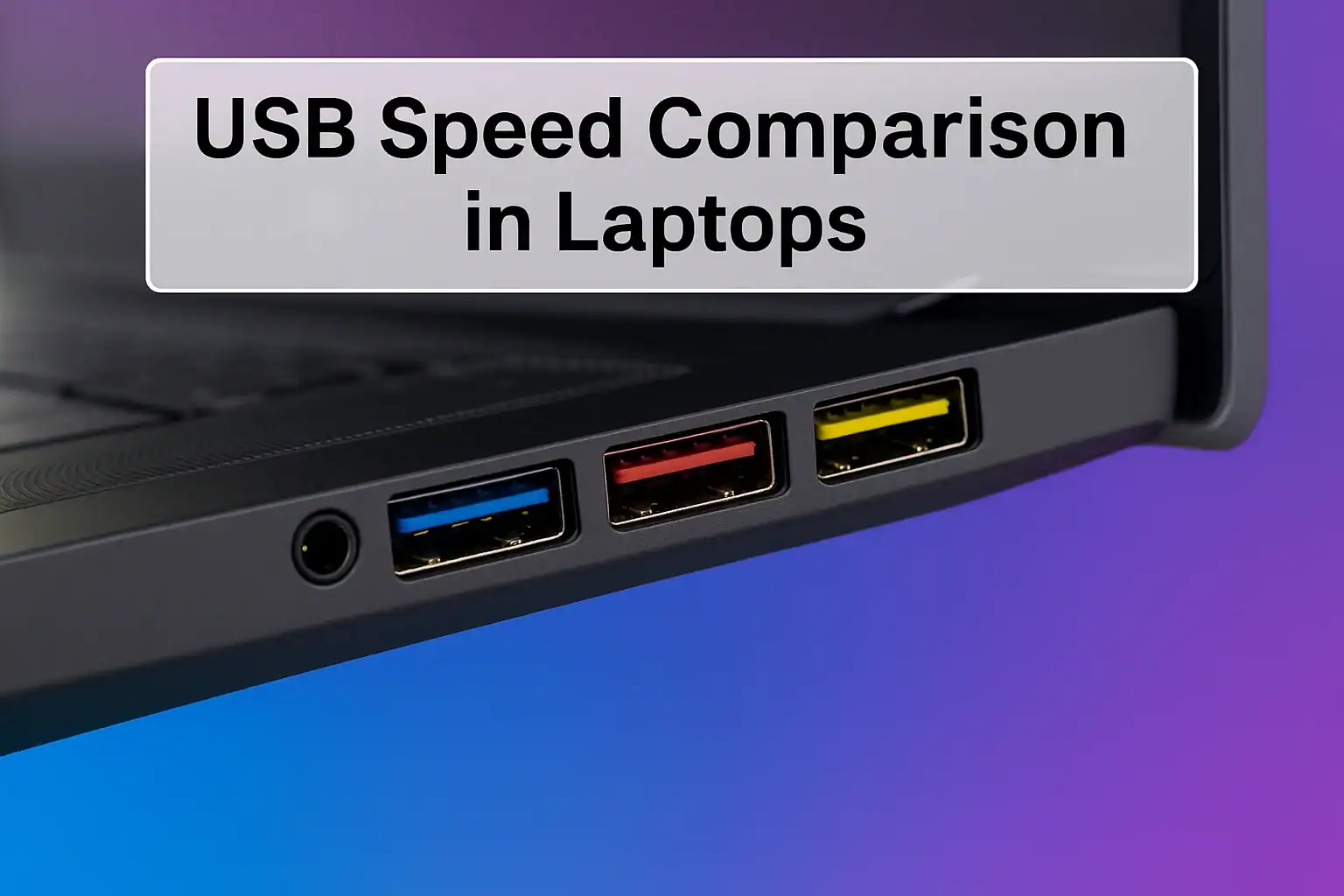
Connection Problems
Loose connections often result from worn or debris-packed connectors. Carefully clean the connectors and ensure they’re fully seated. Check cables and replace those that are worn or failing.
Intermittent connections indicate cable or port issues. Test different cables and ports to isolate the problem. Replace faulty components as needed.
Speed limitations can result from cable, port, or device limits. Ensure all components are compatible with the desired speeds. Replace components if needed for better performance.
Compatibility Solutions
Legacy devices require adapters and cables for support. Keep a stock of standard USB adapters for connecting old devices to new computers. This extends the availability of critical equipment.
Physical compatibility doesn’t address protocol mismatches that compromise performance. Understand what your devices and connections can do. Set realistic expectations based on the weakest component.
Power delivery issues usually result from insufficient cable or adapter quality. Always use cables and adapters that meet specific power requirements. This prevents charging issues and potential device damage.
FAQs
USB A vs USB B — What is the Difference?
What makes USB Mini different from USB B?
Can I use a USB-A to USB-C adapter?
What is Micro USB used for?
Is USB-C better than USB-A?
Can I connect USB-B to USB-C?
What is USB Micro B?
What does USB Type C mean?
Are all USB-C cables the same?
Which USB type is my device using?
Conclusion
Understanding different USB connector types is essential in today’s digital world. While USB-A remains important for legacy support, USB-B offers specific capabilities for certain applications. USB-C provides faster speeds, more power, and increased versatility.
Speed differences between USB ports depend more on supported protocols than physical connector types. Most new devices will have USB-C as their fastest port. It’s important to understand both connector types and supported protocols when making connections.
The progression from USB-A to USB-B to USB-C represents a clear technological advancement. Each connector type has suitable purposes, but newer devices increasingly use USB-C. Keep these trends in mind when planning purchases and upgrades.
The right cables and adapters ensure better performance and broad compatibility. Invest in components that support the speeds and power you need. This guarantees greater reliability and longer service life.
USB technology continues evolving, and understanding new standards helps make better choices. Future USB4 developments will extend USB-C capabilities while supporting existing devices and cables.












